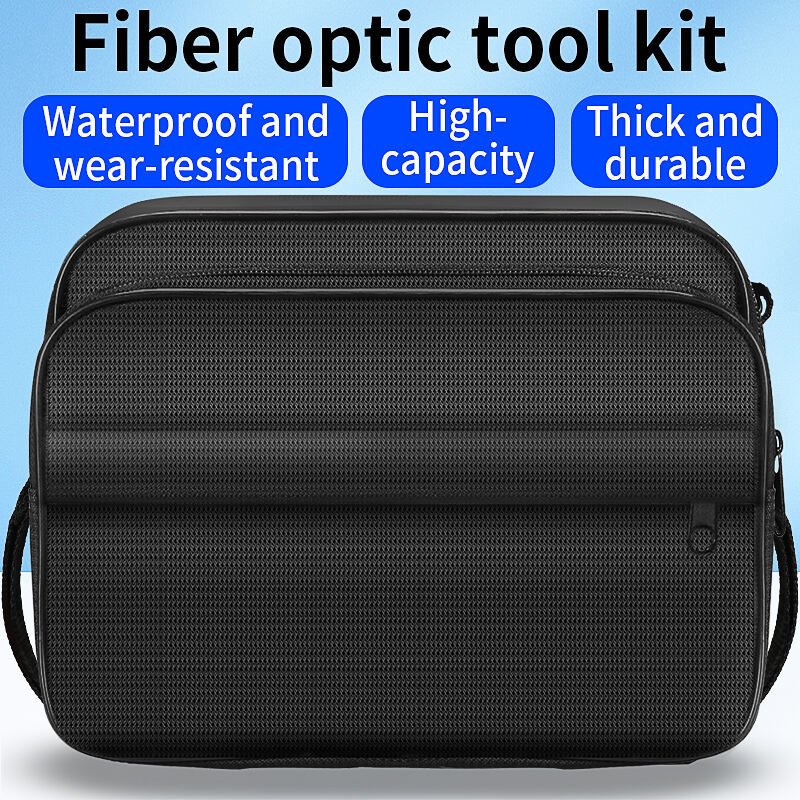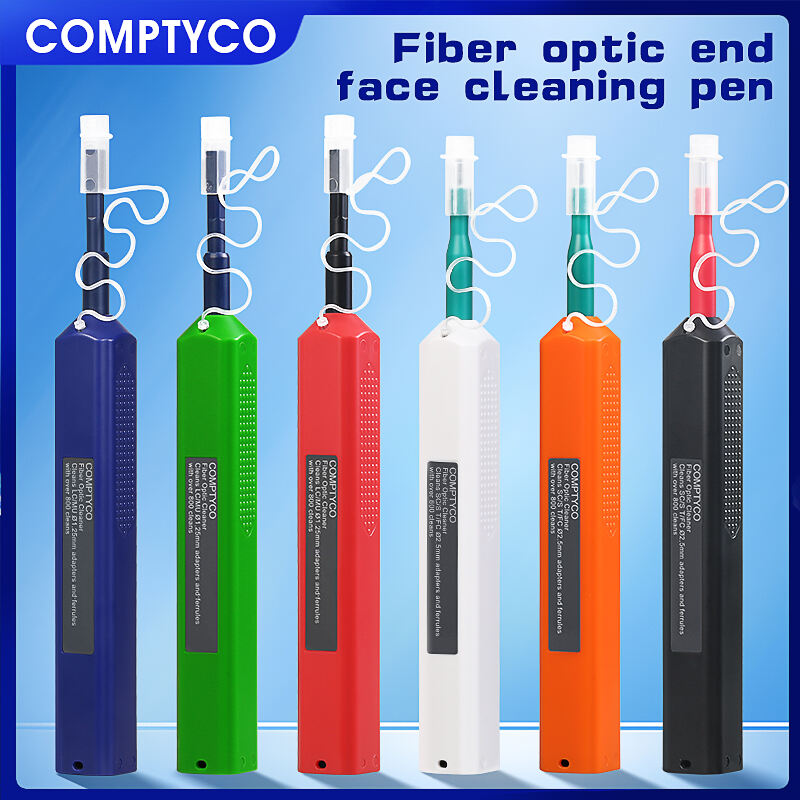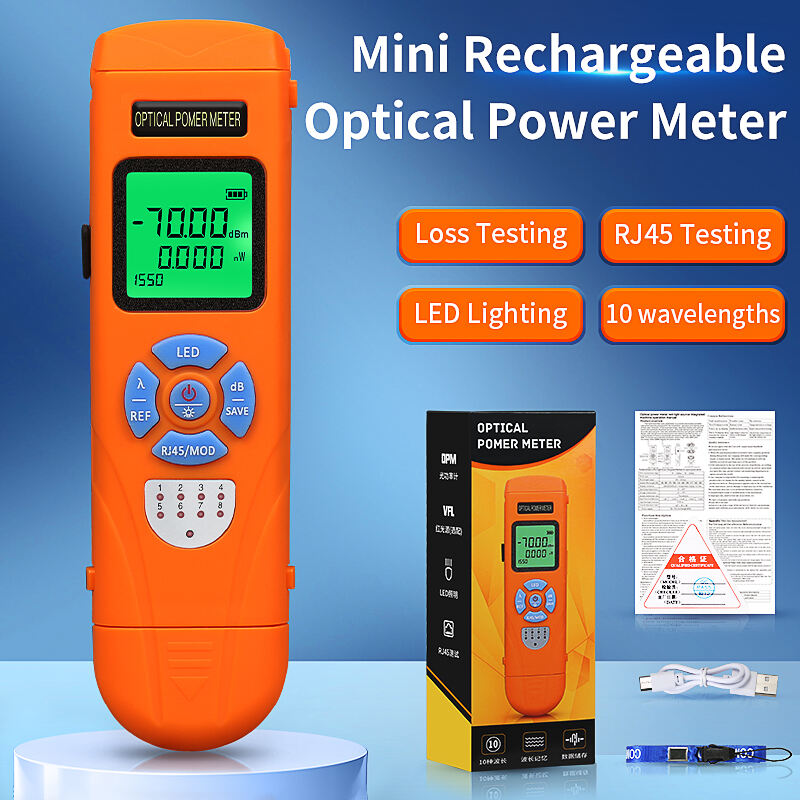otdr equipment
An Optical Time Domain Reflectometer (OTDR) is a sophisticated diagnostic device essential for testing and maintaining fiber optic networks. This advanced equipment operates by sending pulses of light through optical fibers and analyzing the returned signals to evaluate the fiber's characteristics and identify potential issues. The OTDR equipment provides detailed information about fiber length, attenuation, splice points, and breakage locations with remarkable precision. Its cutting-edge technology enables technicians to perform non-destructive, one-ended testing of fiber optic cables, eliminating the need for multiple testing points. The device features a high-resolution display that presents data in easy-to-interpret graphical formats, showing distance-dependent distribution of optical power along the fiber. Modern OTDR equipment incorporates automatic analysis functions, intelligent event detection, and comprehensive data storage capabilities. It supports multiple wavelength testing, typically at 1310nm and 1550nm, allowing for thorough fiber characterization. The equipment is widely used in telecommunications, data centers, cable TV networks, and industrial applications where fiber optic infrastructure requires installation, maintenance, or troubleshooting. Its portable design makes it suitable for field operations, while its robust construction ensures reliable performance in various environmental conditions.


